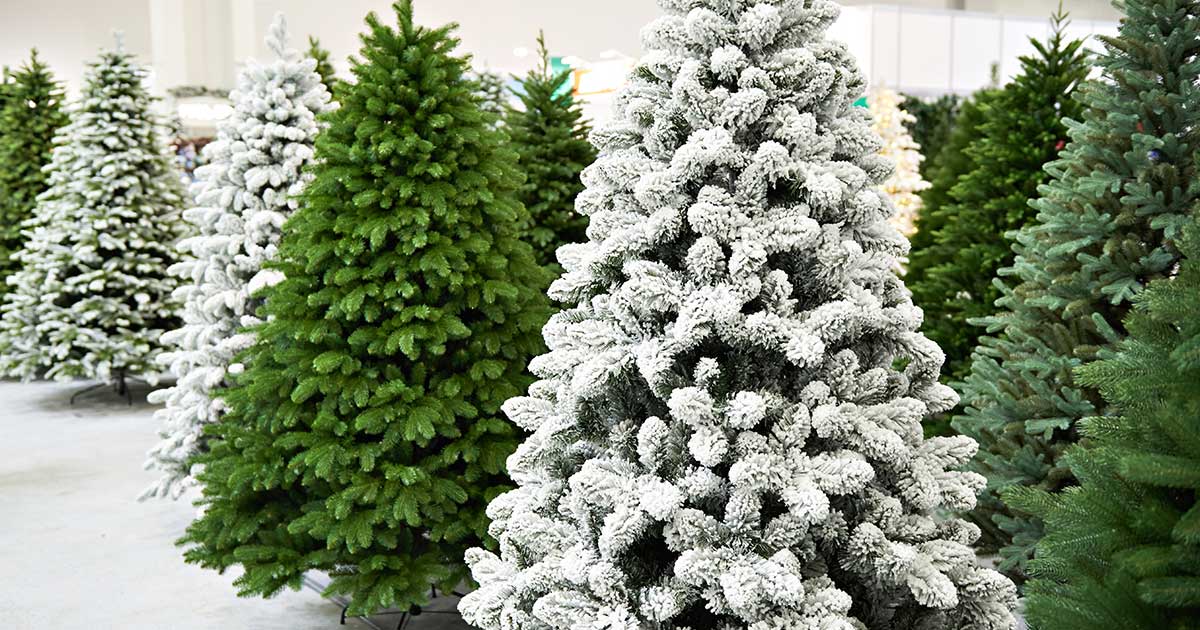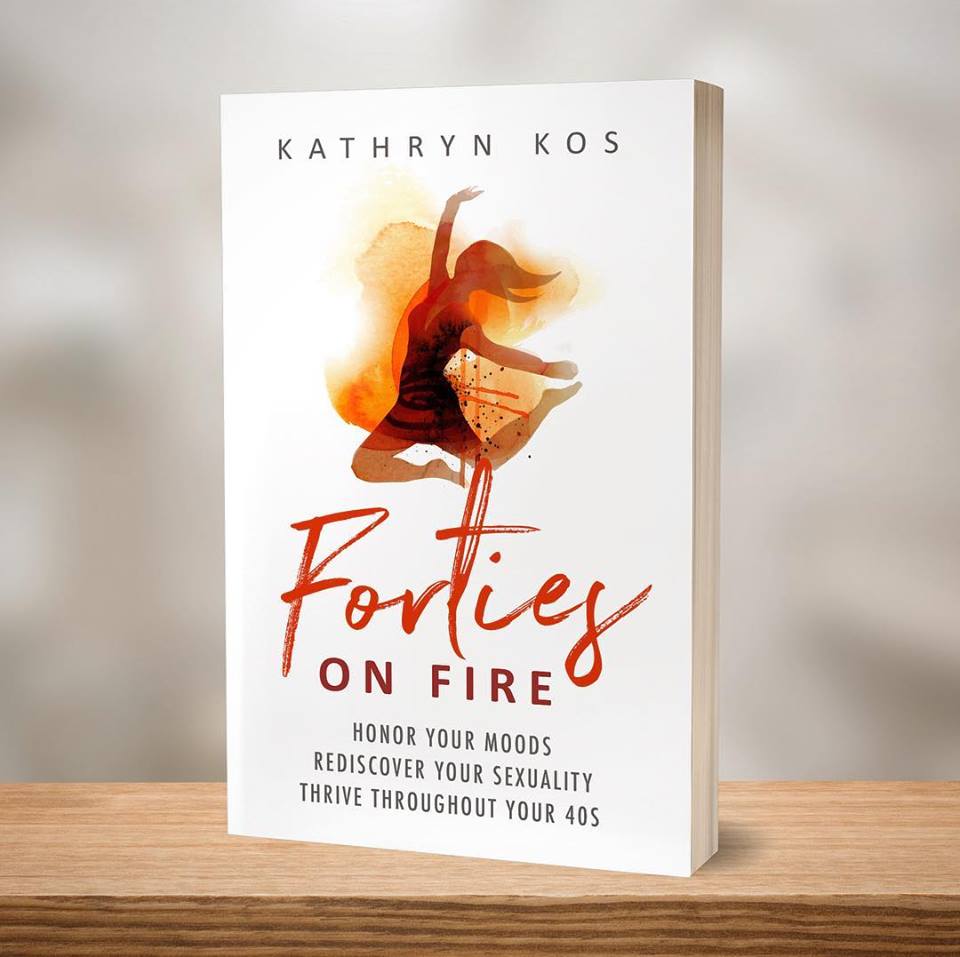
The festive season brings joy; a key part of this celebration is the Christmas tree. While artificial trees are popular for their ease of use and longevity, they may harbor unseen dangers due to toxic components. This guide delves into the risks associated with artificial Christmas trees and explores safer alternatives for a healthier holiday season.
Toxic Trio in Artificial Trees
Artificial Christmas trees are often made from materials such as Polyvinyl Chloride (PVC),[1] which can emit harmful phthalates and volatile organic compounds (VOCs).[2,3] These substances are known for their potential health hazards, including hormonal disruptions and respiratory problems. Lead, used to stabilize PVC, is another concern.[4]
Even minimal exposure to lead can have significant health implications, particularly in children, impacting neurological development. Many artificial trees are also treated with flame retardants for safety purposes.[6] However, these chemicals are associated with several health risks, including endocrine disruption and long-term hormonal system impacts.
Understanding the Health Implications
The health risks associated with these toxins in artificial Christmas trees are substantial. VOCs can cause immediate symptoms like eye, nose, and throat irritation, as well as headaches and exacerbation of asthma.[7] Over time, exposure to VOCs may lead to more severe respiratory issues and hormonal imbalances.
The presence of lead is especially alarming, as it can lead to learning disabilities, developmental delays, and behavioral problems in children.[8] Flame retardants, though initially added for safety, can accumulate in the human body and have been linked to thyroid disruption, fertility issues, and certain cancers.[6]
Exploring Safer Alternatives
In response to these concerns, some manufacturers have introduced safer alternatives to traditional artificial trees. These newer models are made without PVC, lead, and flame retardants, reducing the risk of harmful chemical emissions. When looking for a safer artificial tree, choosing those labeled as PVC-free and devoid of other harmful chemicals is important. However, consumers should note that these alternatives, while safer, may not be entirely toxin-free and often come with a higher price tag. Moreover, these safer options are limited, requiring more effort and research from consumers.
Revisiting the Charm of Natural Christmas Trees
Many people are returning to natural Christmas trees considering the risks associated with artificial trees. Apart from their authentic charm and the fresh pine scent, real trees do not carry the same risks of indoor air pollution as artificial ones. When selecting natural trees, it’s important to opt for those from local farms that use sustainable and organic farming practices, which generally involve fewer chemicals. Additionally, natural trees are biodegradable, making them an eco-friendly choice after the holiday season. While they require annual replacement, the environmental and health benefits they offer make them a worthy consideration.
In-Depth Decision Making
Choosing the right Christmas tree is a balance between convenience, aesthetics, and health considerations. Artificial trees provide ease and longevity but come with potential health risks. If opting for an artificial tree, in-depth research, and a safer, toxin-free option are essential. For those leaning towards natural trees, supporting sustainable and organic tree farms ensures a healthier choice and contributes to environmental sustainability. Considering the long-term impacts on family health and the environment, an informed decision is crucial.
Conclusion
The Christmas tree symbolizes joy and celebration during the festive season. Understanding the potential health implications of artificial Christmas trees is key to making an informed decision. Whether choosing a safer artificial tree or a natural one, making an informed choice ensures a healthier, more environmentally friendly holiday season for you and your loved ones.
References:
- PVC at a Glance – Noharm-Europe.Org,PVC at a Glance.
- Alford, Kyle L, and Naresh Kumar. “Pulmonary Health Effects of Indoor Volatile Organic Compounds-A Meta-Analysis.” International journal of environmental research and public health vol. 18,4 1578. 7 Feb. 2021,doi:10.3390/ijerph18041578.
- Wang, Yufei, and Haifeng Qian. “Phthalates and Their Impacts on Human Health.” Healthcare (Basel, Switzerland) vol. 9,5 603. 18 May. 2021,doi:10.3390/healthcare9050603.
- “Health Effects of Lead Exposure.” Centers for Disease Control and Prevention, 2 Sept. 2022,CDC – Lead Exposure Health Effects.
- Wani, Ab Latif, et al. “Lead toxicity: a review.” Interdisciplinary toxicology vol. 8,2 (2015): 55-64.doi:10.1515/intox-2015-0009.
- “Flame Retardants.” National Institute of Environmental Health Sciences, U.S. Department of Health and Human Services, NIEHS – Flame Retardants.
- Alford, KyleL, and Naresh Kumar. “Pulmonary Health Effects of Indoor Volatile Organic Compounds-A Meta-Analysis.” International journal of environmental research and public health vol. 18,4 1578. 7 Feb. 2021,doi:10.3390/ijerph18041578.
- Wani, Ab Latif, et al. “Lead toxicity: a review.” Interdisciplinary toxicology vol. 8,2 (2015): 55-64.doi:10.1515/intox-2015-0009.




Leave a Reply
Your email is safe with us.